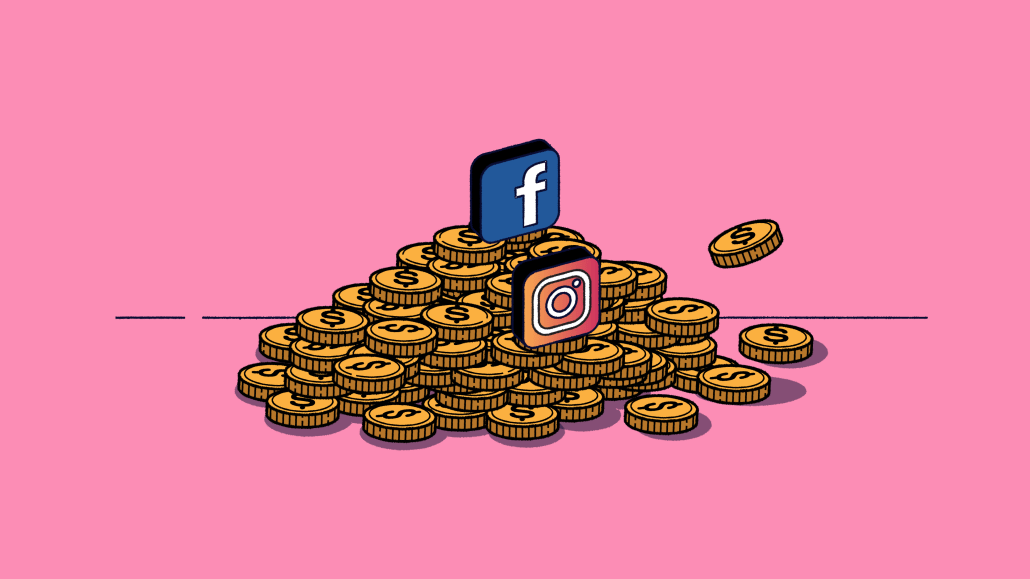Why White Claw used Instagram to promote return of in-person happy hours

Hard seltzer brand White Claw is using Instagram to run a contest aimed at Gen Z and millennial drinkers to promote the return of in-person socializing after work.
The contest — called 134 Happy Hours — was named after the 134 weeks that have passed since March 30, 2020, when lockdown restrictions were widely implemented in the U.S. as the pandemic started — and a way to note the 134 Fridays that were missed.
“Instagram is a visual, interactive platform that allows us to not only share our 134 Happy Hours campaign, but also engage with our fans about what they missed most about happy hours with colleagues,” said John Shea, CMO of White Claw Hard Seltzer, U.S.
The brand intends to use Instagram, the channel where the brand has the most followers at over 205,000, to target working Gen Z and millennials (in the 21 to 35 age bracket).
“While White Claw generated extremely strong sales during lockdown, the brand is now attempting to capitalize on this ‘back-to-the-office’ moment and inspire social interactions that used to be more commonplace,” said Mark Walker, CEO of the media company Direct Digital Holdings. “As a result, this White Claw campaign could be part of the marketing wave that initiates the return to happy hour.”
Using digital ads, the brand is asking its followers to recall the feeling of happy hour with their colleagues and to enter a contest to win prizes via a link pinned on its Instagram account. Prizes range from branded merchandise to a $400 gift card. The grand prize winners will receive prizes including a ping pong table, a karaoke machine and a virtual reality headset. The contest launched on Oct. 20 and will run until Nov. 6.
Shea said that 100% of the ad spend went toward social with over 50% on Facebook and Instagram, but declined to share exact figures. According to Pathmatics data, the brand spent a little over $27 million so far on advertising in 2022, which is up from $20 million in 2021.
It comes two years amid the pandemic, as much of the corporate world began working from home and after a recent, independent study that White Claw commissioned that showed 74% of employees said they miss happy hours with colleagues.
White Claw collaborated with VCCP NY (creative agency), Haworth (media agency), and Zeno Group (PR agency) on this campaign. “White Claw is helping companies nationwide come together again and make up for lost time by gifting curated happy hour experiences,” said Shea.
As previously reported by Digiday, SKYY Vodka and Hilton capitalized on pandemic marketing campaigns to boost brand awareness and toward user bases who wanted to socialize in person again. “We’ve seen brands across various industries tie themselves to this ‘trend,’ whether it’s promoting products or apps that help with in-office work or industry commentary from B2B and B2C companies on ways to be more productive, ensure a smooth transition,” said Anna Crowe, CEO of Crowe PR. “Aligning your brand with a popular trend can be quite impactful, when executed well.”
In 2021, White Claw was responsible for contributing more than $1 billion to the hard seltzer category, which was more than the next two largest hard seltzer brands combined (Bud Light and Truly).
“We’re looking forward to continuously engaging with our fans, whether it be via events or social campaigns such as this,” Shea said.
More in Marketing

Why The Voice is investing in a cross-platform metaverse strategy
ITV Studios’ expansion into metaverse platforms represents one way the company is looking to take advantage of its ownership of the broader The Voice brand without having to deal with regional partners such as NBC.

Inside brands like Powerade, Reese’s and Old El Paso’s Olympic and Paralympic influencer play
The Coca-Cola Company and Hershey’s share influencer plans ahead of the Games.

Research Briefing: Still images receive more attention than Reels on Instagram
In this edition of the Digiday+ Research Briefing, we examine how influencers see more Instagram engagement with still images than Reels, how publishers aren’t yet worried about the impact of a potential TikTok ban on their revenues and what types of first-party data are most important to marketers for ad targeting on streaming platforms, as seen in recent data from Digiday+ Research.








